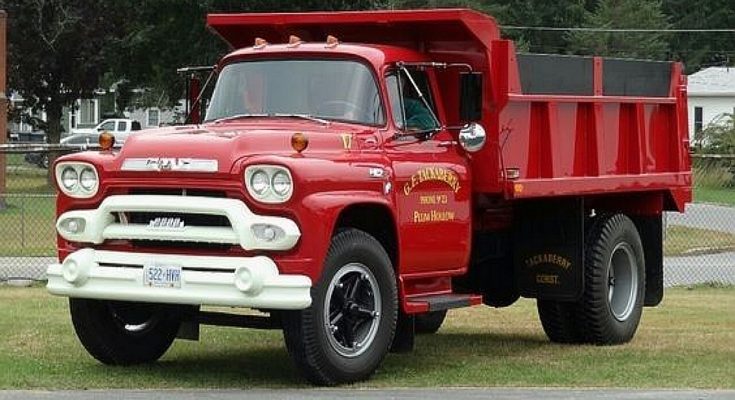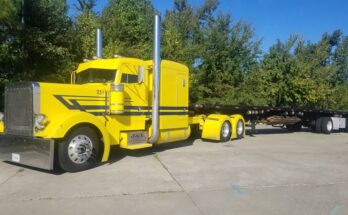What Are Truck Sizes and Classifications And What Do They Mean?
Make and model information aside, the reason it is important to know truck sizes and classification in general is so that you are aware of which truck best suits your needs. It wouldn’t do, for example, to purchase a compact truck when you want to haul logs, or to buy a city delivery van when what you really want is a dump truck. Truck size has to do with both payload and towing capacity, while class size has more to do with Gross Vehicle Weight Rating (or GVWR).
If you’re in the market for a truck and need to compare the sizing, you can go from a compact to a mid-size to a full-size. Compact trucks are known for their higher safety rating, fuel economy, and ample room for both passengers and cargo. Full-size trucks, on the other hand, are generally used for heavy-duty functions such as hauling, and may have double rear tires as well as a V10 engine. The mid-size truck, of course, is a happy medium between the two.
As for classifications, they go from Class 1, which means a vehicle weighing 6,000 pounds or less, to Class 8, which holds vehicles weighing 33,000 pounds and up. These vehicles range from moving vans to school buses to tractors to city buses. If you’d like to learn more about sizing and classification, you can visit Real Truck’s Guide.
 " >
" >


